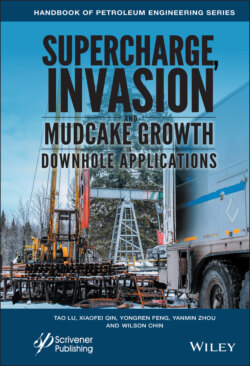Читать книгу Supercharge, Invasion, and Mudcake Growth in Downhole Applications - Группа авторов - Страница 16
1.2.2 Basic Reservoir Characteristic Tester (BASIC-RCT™).
ОглавлениеCOSL’s “Basic Reservoir Characteristic Tester” or “BASIC-RCT” is a third generation product of the formation tester family, characterized by its pump through function. BASIC RCT is a compact, convenient, safe and efficient tool. It can replace in part Drill Stem Testing (DST) operations in order to save rig time. BASIC RCT provides economical and reliable solutions to formation evaluation for oilfield exploration and engineering, representing a good means to reduce cost while solving difficult technical problems. BASIC RCT can be run on any service company logging unit, requiring only winch, cable head and depth measurement. All services, telemetry, gamma ray recording, test recording (digital, numerical listing, screen and printer graphics) are provided in real time. Tool configurations are shown in Figure 1.14. For latest specifications, the reader should refer to the manufacturer’s updates.
Functions
Measuring formation pressure accurately
Taking multi-samples of formation fluids
Taking large samples
Pumping through contaminated formation fluids
Monitoring formation fluid properties in real time.
Flowing formation fluids at controlled rates
Pumping through in reverse
Making quick well site sampler transfer
Providing real time and reliable data for analyzing permeability and formation damage
Structure
The BASIC RCT is a combination of surface system and downhole tools. The surface system includes the Acquisition and Data Process software, PC and DC control panel, and AC power supply. The downhole tools include the upper electronics section, mechanical/hydraulic section, sensor section, lower electronics section with a standard configuration, and also include the 2 × 520 cc large sampler with optional configuration (see Figures 1.15 and 1.16).
Figure 1.14. Tool string configurations.
Figure 1.15. Tool architecture.
Figure 1.16. Tool and surface system.
Figure 1.17. Pressure drawdown curve (left) and fluid contact curve (right).
